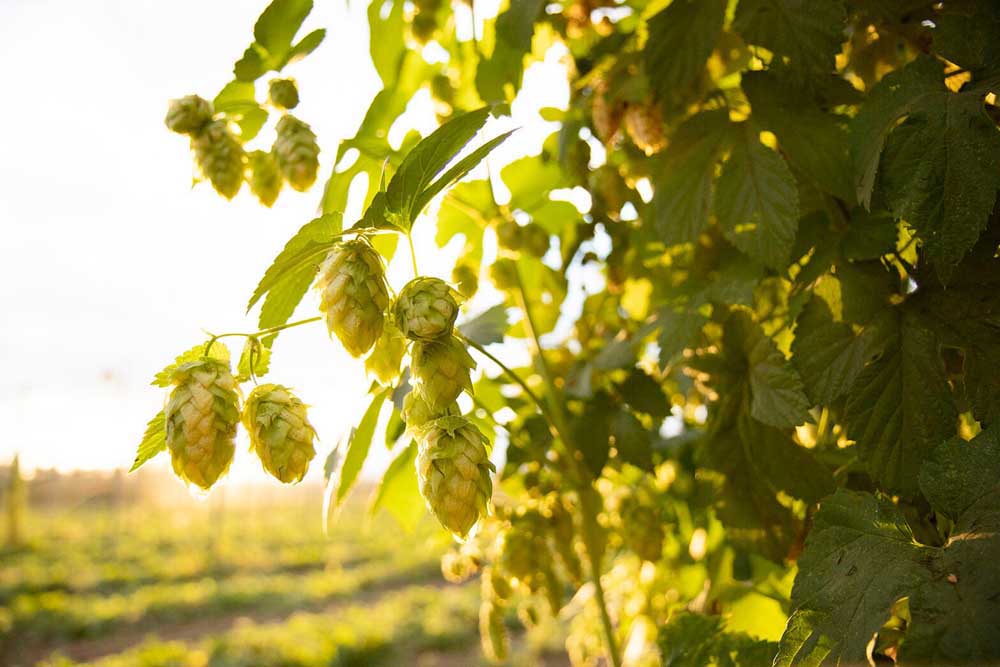Willamette Valley Hops files for bankruptcy protection
Published 2:30 pm Thursday, February 1, 2024

- Willamette Valley Hops of St. Paul has filed for Chapter 11 bankruptcy protection as prices for the crop have fallen amid an oversupply.
An Oregon hop merchant has filed for Chapter 11 bankruptcy to protect its assets from foreclosure while restructuring its business after crop prices tumbled last year.
Willamette Valley Hops of St. Paul owes between $10 million and $50 million in debt to fewer than 50 creditors and has $10 million to $50 million in assets, according to its bankruptcy petition filed in Eugene.
Trending
Over the next six months, the company expects to sell more than $6.5 million worth of hops, spices and other products and to earn about $200,000 in profit, according to a budget included in court documents.
Among the company’s unsecured creditors, the largest amount is owed to another hop dealer — John I. Haas of Yakima, Washington, with an $8.8 million claim — but most of them are individuals to whom it owes wages.
The company also owes more than $1 million in payroll taxes to the Internal Revenue Service and more than $1.5 million to U.S. Bancorp, which also has other claims secured with collateral.
U.S. Bankruptcy Judge Peter McKittrick, who’s overseeing the case, has allowed the company to pay for the wages and health benefits of its 12 employees with cash collateral owed to creditors.
In a court filing, the company said paying these wages was necessary to “ensure the continuity of their business and to preserve the morale of the work force.”
A meeting of creditors is scheduled for Feb. 22, followed by a case management conference on Feb. 26.
Trending
Representatives of Willamette Valley Hops did not reply to requests for comment.
The hop industry is sitting on “a huge inventory across the whole market,” affecting hop merchants of all sizes, said Brandon Davidson, chair of the Oregon Hop Commission and a farmer near Woodburn.
Brewers haven’t seen demand pick up as much as expected after the COVID pandemic, so hop producers have discovered they produced more of the crop than was necessary, Davidson said.
“We didn’t back off nearly as much as we should have,” he said.
Farmers are reducing acreage rather than exiting the hop industry altogether, so the inventory will probably decline slowly, since producers want to be ready when the market recovers, Davidson said.
The oversupply could last three years or more before the surpluses are used up, he said.
Shifting preferences among young drinkers account for part of the industry’s problem, as they’re not consuming as many India pale ale-style beers that require large amounts of hops, Davidson said.
Instead, they’re turning to Mexican-style beers such as Corona and Modelo that aren’t as hop-heavy.
“They’re more like a light beer,” he said.
U.S. hop production increased by about 2% last year, to 104 million pounds, despite acreage dropping nearly 10%, to 54,300 acres, according to the U.S. Department of Agriculture.
The average price of hops decreased nearly 11%, to $5.40 per pound, and the total value of the U.S. crop fell more than 9%, to about $562 million.
According to Hop Growers of America, 2023 marked the U.S. hop industry’s first substantial drop in acreage in more than a decade, but production still rose because yields spiked about 13%, to 1,915 pounds per acre.
Acreage was primarily reduced among growers of oversupplied aroma hops, as opposed to alpha hops used to impart bitterness, according to the group’s annual report. “While achieving a market balance may not be realized in one year, the cut signifies an important step toward resolution.”








